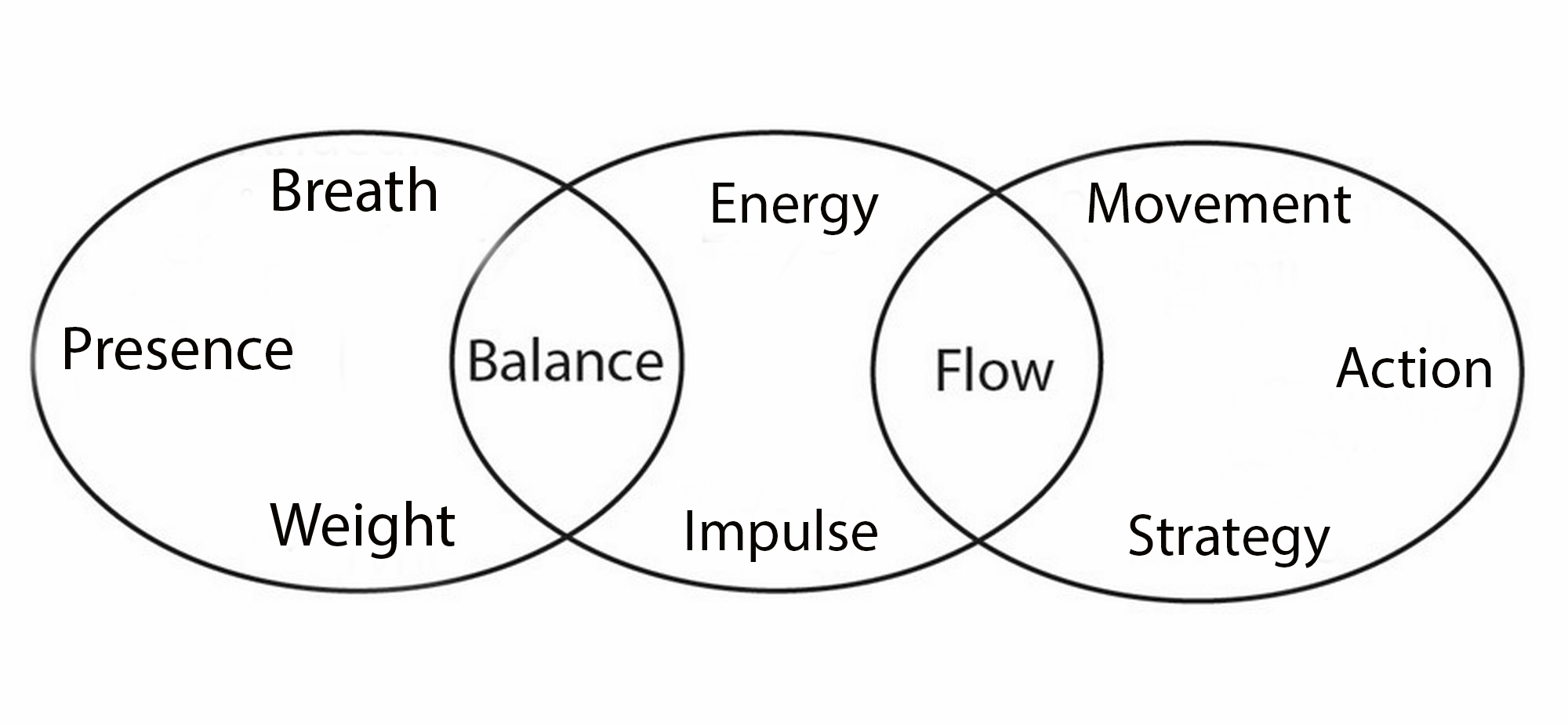by Claus Bøje
Author and former sports researcher, sports policy advisor at the Ministry of Culture and development manager at the Local and Investment Fund
Idræetsmonitor
May 14, 2024
(A rough Google translation)
Comment: Torben Ulrich's new book provides unique insight into sport as an understanding of life. In the book Still in Play, the now-deceased tennis legend and multi-artist Torben Ulrich gives his view on sports as a model for an understanding of life. And although it is difficult-to-access material, there is much to be inspired by, says Claus Bøje in this comment.
. And so it goes, on and on, sooner or later leading to a situation where we shrink into the pure nothing, except that all of your work, in a sense, still here still in play.
The quote is the opening prayer to Torben Ulrich's new book Still in Play, which he managed to complete before he died shortly before Christmas, aged 95. The body withers so mercilessly, but the mind remains clear, alert, curious.
Torben is very much present in this 300-page masterpiece with pictures (balligraphies), poems (songlines) and essays. He is relentlessly in search of a deeper insight into sport as a model for an understanding of life.
When the ball comes is for him the constantly recurring moment when the possibilities open up or narrow down. This now, when he decides whether he wants to explore the many qualities of sport in the fight, the game and the dance or focus exclusively on the narrow winner/loser code. The moment when the arrival of the ball in the broadest sense becomes the invitation to reflect on life's wealth of possibilities.
Torbens texts about sports as a basis for a deeper insight into life are quite simply unique, but also difficult to understand. He insists on dissolving the twofold winner/loser code and instead analyzing the sport based on a series of fivefold models.
How to cut it in a different way than the bipartite one, which almost always begins as or ends up being set as an opposite ?" he asks and answers (in his 2018 book, "Boldens øjne, værens ben: Notater langs idrættens spalte(n)de veje" (Eyes of the Ball, Bones of Being: Notations along the divisive ways of athletics):
Perhaps with the five-fold : goes, takes place, passes away, (re)emerges, and the fifth as their cohesion, the whole, the process, a dynamic, ceaseless, like a wheel, the circular, a vessel.
The game, the game itself as the five-fold, the cohesion that avoids the result. Who does not appear for the lost, the won, the news of the day. But which also does not close itself around what happened, the latest number, with an exclamation mark.
When the ball comes
Torben Ulrichs view of the possibilities of sport as an understanding of life is deeply rooted in European philosophy, Indian poetry and above all in Tibetan Buddhism. By dissolving the sports worlds binary way of thinking and replacing it with conditions where counterplay becomes interaction, where opponents become fellow players, the field opens up for playing dialogic ball in the broadest sense.
Torbens lifes work, as summarized in Still in Play' cannot be meaningfully reviewed within the framework of this column in Idrætsmonitor. For that, it is too comprehensive, complicated and radical. But perhaps one can translate and simplify Torbens (sports policy) efforts by trying to put him on his own schedule:

As mentioned, Torben was deeply concerned with the confrontation with the moment when the ball comes when the ball comes the situation unfolded, observed and analyzed as an occasion for existential considerations. The ball as a metaphor for the overall situation as it unfolds: the players, the pitch, the surroundings, the whole world, everything.
Based on his meditation practice as a Buddhist, he focuses on the presence in the sports situation as a prerequisite for creating the balance that opens the mind and body to the options that are available. A balance which is based on awareness of the importance of breath and weight (grounding).
An Eastern inspired approach
Torben saw the Western approach to sport as narrowing.
Defined by a framed action the result-oriented perspective of sports performance the flow, which is a prerequisite for the action, is limited by a rational efficiency in relation to the win/lose situation and thus narrows the richness of the possibilities of expression. Movement and strategy impoverished by the dominance of result orientation.
The dialogue between the western (the right circle) and the eastern angle of approach (the left one) is created when the balance becomes the starting point for the flow the concentrated state of absorption in connection with the unfolding which initiates the action.
But the dialogue requires an impulse, i.e. an incentive for action, and it requires energy for progress. With this, the middle circle becomes the connecting line for the constant dialogue between presence and action.
Gifted and thorough communicator
The schema indicates some components to the connection between presence and action that he insisted on. He called for an interaction where the presence when the ball comes inspires extensive existential and sporting political considerations with consequences for the action. And vice versa of course.
Torben's point was that this continuous interaction between presence and action is the decisive prerequisite for the unfolding of the richness of the cultural significance of sport.
Still in Play presents a multitude of Torben's action-painted images, his beautiful, original songlines and his for long stretches hard-to-find text.
Lars Movin is the immensely competent editor of the book and author of a comprehensive description of Torben's life's work. What a privilege to be in the hands of such a gifted and thorough communicator.
|







